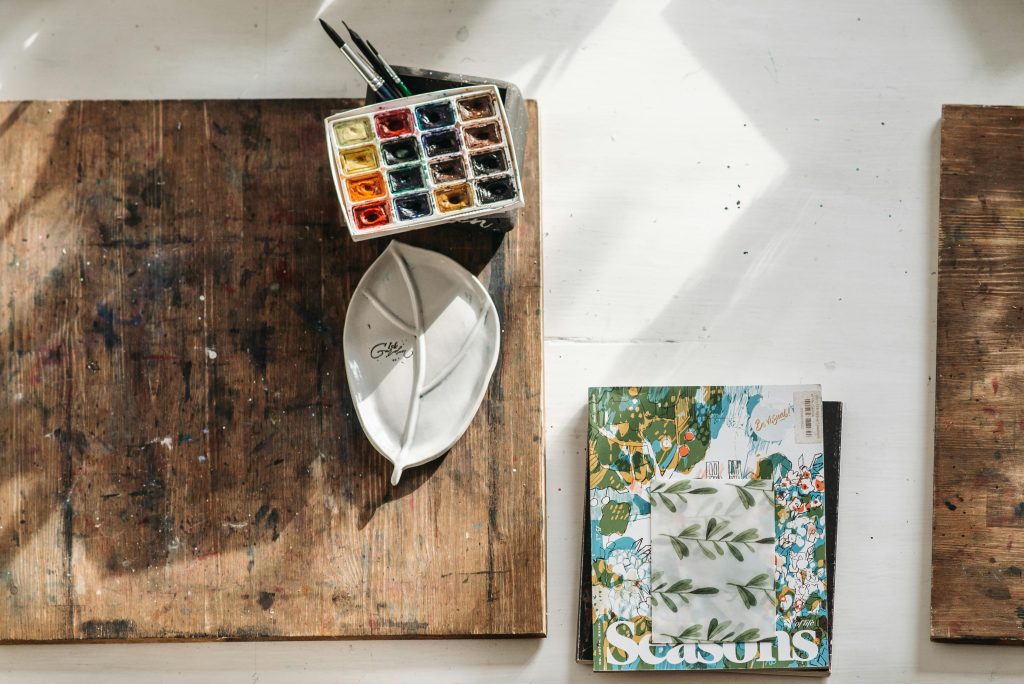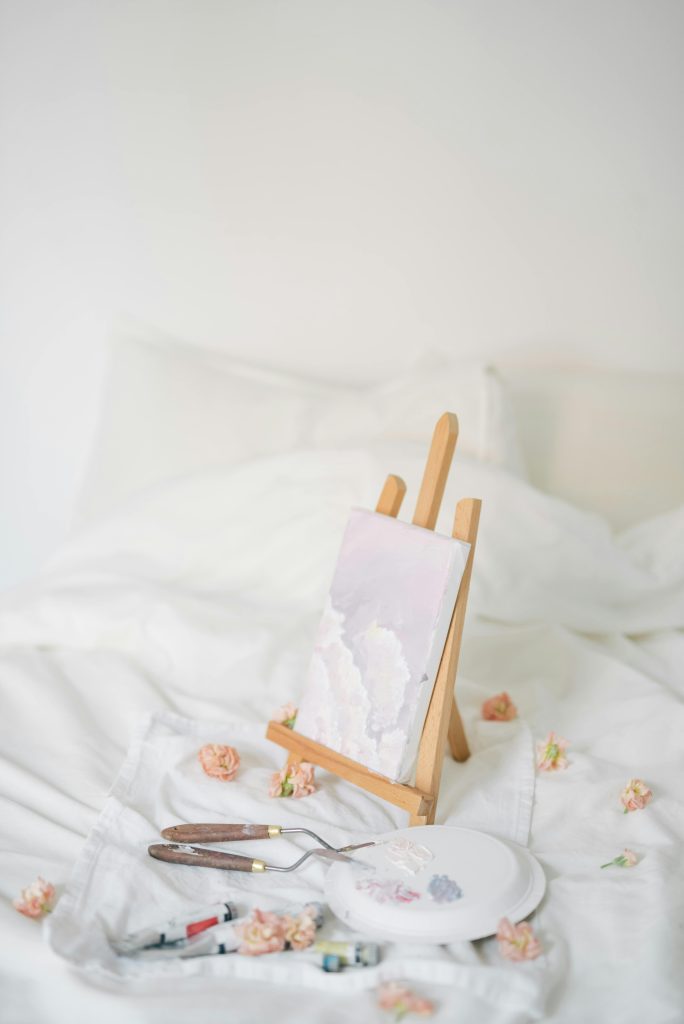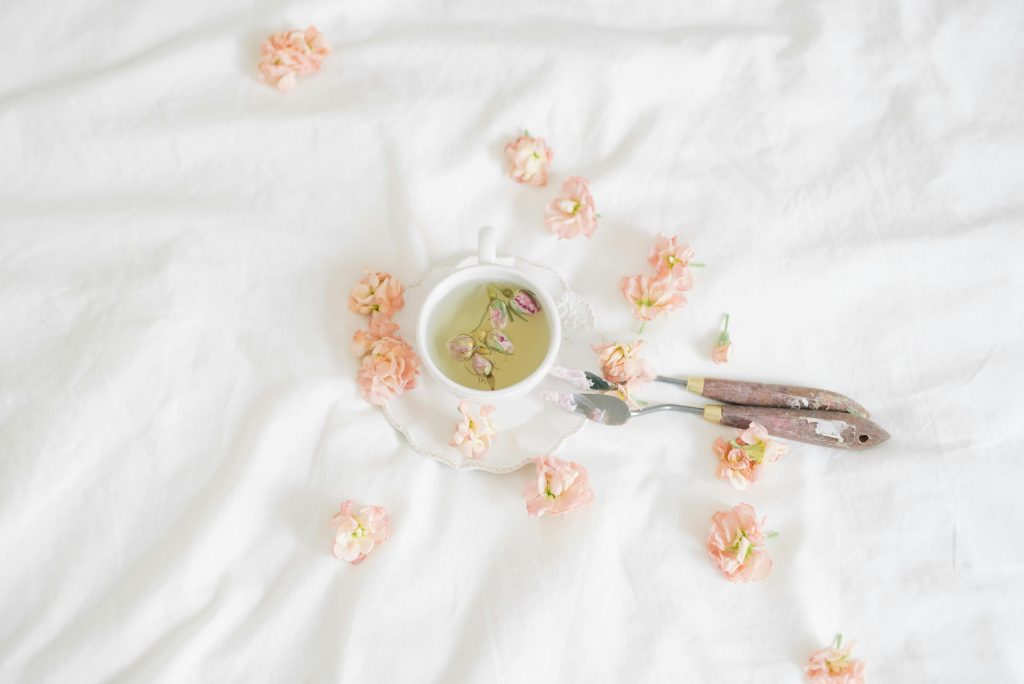Your Portfolio Needs Your Newest Pieces. Here’s Why

1. The Evolution of Your Practice Is Your Greatest Asset
Your latest work isn’t just a collection of new ideas. It’s proof of your growth, your changing perspective, and your evolving skills. Every brushstroke, photograph, or sculpture carries the weight of everything you’ve learned since your last portfolio update. Think about it , the work you’re making now is likely more refined, more intentional, and more aligned with your current artistic voice.
Curators, galleries, and collectors are always asking, “What are you doing now?” They don’t want to invest in yesterday’s vision. They want to be part of your artistic trajectory. Your recent work gives them a glimpse into where you’re headed and how your vision is maturing. That forward momentum? It’s magnetic.
So, your newest creations serve a dual role. They’re a personal benchmark, showing you how far you’ve come, and they’re also a marketing tool, showcasing that you’re still active, still engaged, and still evolving. When someone lands on your portfolio, they should be able to feel that energy.
Keeping your work updated tells a story of commitment. It says, “I’m not a one-hit wonder.” It signals that you’re serious, that you’re still exploring, and that you’re invested in your growth as a creative. That kind of dedication is incredibly appealing in the professional art world.
2. Stale Portfolios Signal Artistic Stagnation
There’s nothing more disappointing than falling in love with an artist’s work, then realizing their last update was from five years ago. It sends an unintended message: maybe you’re no longer practicing, or worse, maybe your artistic journey has plateaued.
The truth is, outdated work can cost you opportunities. Whether it’s an open call, a residency, or a gallery review, people want to see what you’re currently capable of. Even if you still love that award-winning piece from 2019, it shouldn’t be the main event. Let it live in the archives , not on the front page.
You don’t have to create new masterpieces every week. But showing even a few recent works adds a sense of movement and momentum. It keeps people curious and encourages them to follow your journey. It tells them there’s more to come.
Sometimes the fear of putting up unfinished or unpolished work can lead to a frozen portfolio. But there’s power in progress. A series in development or a new medium you’re exploring can be just as compelling as a finished body of work. In fact, many curators love to see that rawness.
When your website or digital portfolio feels dusty, it may be time to check in with yourself creatively. A refresh isn’t just for the audience , it can reignite your own artistic spark. Often, just selecting and uploading your most recent work gives you a surge of motivation.
3. What’s Recent Is Also Most Relevant
Your recent work is more than just “newer stuff.” It’s often more relevant to current conversations, trends, or themes in the world. Whether consciously or not, your latest art reflects what you’re processing right now , socially, politically, emotionally, or creatively.
This real-time relevance is powerful. Curators are not only looking for talent, but also for voices that respond to the times. Your fresh work speaks to today’s landscape. It may comment on climate change, identity, technology, or whatever feels urgent in your world right now.
That kind of timeliness can set you apart. It makes your work feel current and aligned with contemporary discourse. You’re not just making art , you’re engaging with the world, and that’s what people want to see.
Your older work might still be beautiful and meaningful, but it may no longer reflect your current concerns or passions. And when your current work resonates with the present moment, it naturally feels more impactful and emotionally charged.
Even if your subject matter hasn’t changed, your interpretation likely has. Your palette may have evolved. Your symbols may have shifted. That subtle transformation can only be seen when the newest pieces are visible and prioritized in your portfolio.

4. Showing Process Through Progression
Recent work adds a new chapter to your visual story. It helps others see how your style, voice, or interests are shifting over time. That narrative arc can be deeply compelling , and incredibly useful for judges, jurors, curators, and collectors.
A portfolio that includes your recent pieces can also offer insight into your creative process. Maybe you’ve moved from realism to abstraction, or maybe you’ve deepened your exploration of texture or light. Your audience wants to follow that journey. They want to understand not just where you are but how you got there.
This kind of transparency builds trust. It allows decision-makers to feel more connected to your work, because they can see your dedication and your ability to grow. Growth, after all, is one of the most valued traits in a working artist.
Don’t be afraid to include a short caption or note under new works that adds context , a sentence or two that explains what you were thinking or experimenting with. These small cues help viewers understand your choices and respect your direction.
The magic lies in progression. When someone can scroll through your portfolio and feel the shifts in energy, material, or theme, they begin to trust you as a storyteller. Your latest pieces are often the key to unlocking that unfolding narrative.
5. First Impressions Hinge on the Present
When someone opens your portfolio, they’re not looking for a history lesson , they’re looking for a connection. They want to know: who are you as an artist right now?
The first few pieces they see should feel alive, relevant, and distinctly you. That’s why leading with recent work is crucial. It sets the tone and creates the first impression, and in the art world, that first impression carries weight.
Old work may be polished, but if it no longer reflects who you are or what you’re exploring, it can create a disconnect. Audiences might be impressed, but they won’t be intrigued. And intrigue is what opens doors to deeper engagement.
Think of your portfolio as a handshake. It should feel firm, current, and intentional. You want people to know that you’re not just clinging to past successes but are still actively pushing your creative boundaries.
Of course, your history matters too. But it should support the present , not overshadow it. By starting with your newest work, you anchor people in your now, and invite them to explore the then.
6. Portfolio Reviews Are About Who You Are Today
When curators or jurors review your portfolio, they’re making decisions based on who you are as an artist today. Even if they love your earlier works, they’ll be most interested in how you currently show up in your practice.
Whether it’s a grant, fellowship, residency, or gallery opportunity, reviewers want to understand your current strengths and artistic direction. What materials are you using now? What themes are you exploring? How are you taking risks?
Your latest pieces are the clearest answers to those questions. They give insight into what kind of artist you’ll be in the space they’re curating. And if your portfolio ends on old work, you risk feeling disconnected from the present.
This doesn’t mean you have to reinvent yourself every six months. But your portfolio should reflect your current reality. If your new work feels experimental or in-progress, that’s okay. It’s better to show what you’re really doing now than what you mastered three years ago.
Think of your portfolio as an invitation. You’re asking reviewers to step into your current world. Make sure that world feels fresh, authentic, and engaged. Your future hinges on how clearly they can see you , now.
7. The Professional Edge of Regular Updates
Updating your portfolio with recent work also signals that you’re professional, responsive, and ready. In a world where timelines matter , from open calls to last-minute opportunities , having an up-to-date portfolio can be your secret weapon.
Imagine someone asks for samples of your work today. If your portfolio is current, you can send it confidently within minutes. No scrambling, no apologizing. That kind of readiness is rare, and it immediately positions you as reliable.
Professionals notice these details. A polished, regularly refreshed portfolio tells them you’re serious about your career. You’re not waiting for opportunities , you’re prepared for them.
It also makes collaborations easier. Whether it’s a joint exhibition or a cross-disciplinary project, people want to know they’re working with someone whose practice is alive. An updated portfolio proves you’re not just talking about making art , you’re doing it.
And let’s be honest, having a fresh portfolio just feels good. It creates a sense of clarity and confidence in your own journey. It gives you momentum , and momentum attracts more momentum.
8. Avoiding the Trap of Sentimental Favorites
Many artists fall into the trap of keeping outdated work in their portfolio simply because they’re emotionally attached. Maybe it’s the first piece that got recognition or one that holds a lot of personal meaning. But nostalgia isn’t always the best curator.
Your portfolio isn’t just a gallery of your greatest hits. It’s a strategic tool that should reflect your current best. Just because a piece was once important doesn’t mean it still belongs on the front page.
When we cling to old favorites, we risk misrepresenting ourselves. The message becomes muddy. Are you the artist of that style, or have you moved on? Is that work still aligned with your direction, or are you holding it up as a comfort zone?
One helpful trick is to have a separate archive or “past work” section. That way, you don’t lose the legacy pieces you love, but you also don’t let them dominate your narrative.
Editing your portfolio is like pruning a tree. You’re not discarding your history , you’re shaping your future. Let your most recent branches have room to reach and flourish.

9. Encouraging Return Visits and Ongoing Engagement
When your audience knows that you regularly share new work, they’re more likely to return. They’ll revisit your site or follow you on social media because they expect something new , and that expectation builds a relationship.
Artists who frequently update their portfolios tend to build stronger connections with their followers. They’re seen as active, dynamic, and invested in communication. That kind of visibility keeps you top of mind.
It also builds your community. As people see your evolution, they become emotionally invested. They cheer you on, share your work, and feel like they’re part of your journey. That kind of engagement is priceless.
A stagnant portfolio doesn’t invite revisits. But a living, breathing one? That’s a place people bookmark. That’s a space people recommend.
So, think beyond just showing your newest work. Make your portfolio a hub of what’s happening in your practice. Add captions, project notes, or process photos. Let people feel close to your world.
10. Your Latest Work Builds the Bridge to Opportunities
Ultimately, the goal of your portfolio is to open doors , and your latest work is the key. Whether you’re pitching to a gallery, applying for a grant, or selling to collectors, your current art is what builds that bridge.
Opportunities don’t come from what you made five years ago. They come from who you are now. When your portfolio showcases that with clarity and confidence, it becomes a powerful tool for growth.
And it’s not just about visuals. Your most recent work often reflects a shift in mindset, message, or intention. That evolution is compelling. It shows that you’re not static , you’re expanding.
Galleries want artists who are actively producing. Collectors want to invest in where you’re headed. Curators want to exhibit stories that feel alive. Your recent work ticks all those boxes.
So don’t hold back. Keep your portfolio honest and current. Let it be the vessel that carries your present to the future you’re building.
11. : Make Your Now Your Spotlight
Your portfolio is your artistic autobiography , and the latest chapter should always be front and center. Celebrate what you’re doing right now. Showcase what’s keeping you curious, what’s challenging you, and what you’re proud to share.
The power of recent work isn’t just in its freshness. It’s in its truth. It’s the most accurate reflection of who you are, what you stand for, and where you’re going. And that authenticity is what resonates with audiences, curators, and collectors alike.
